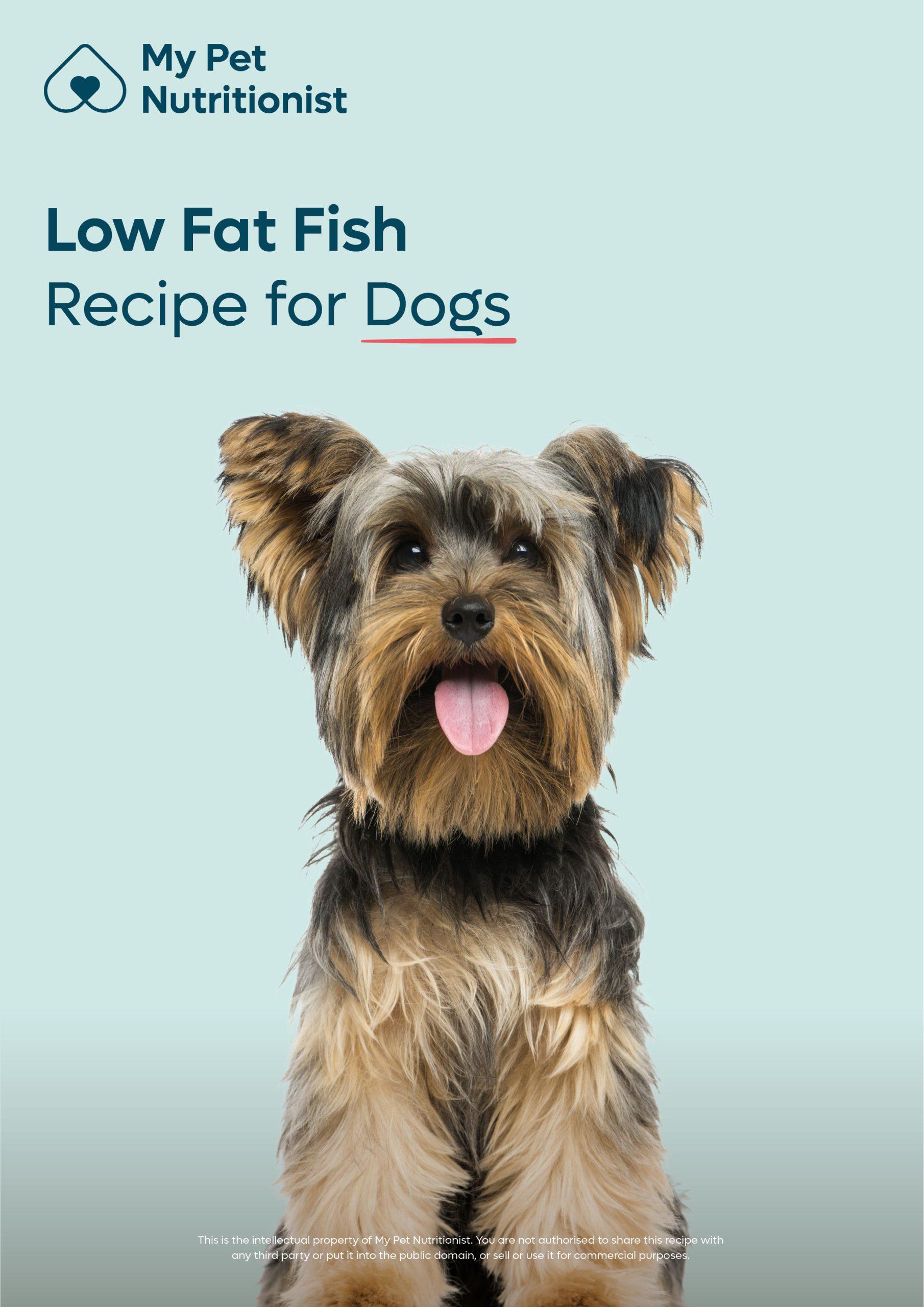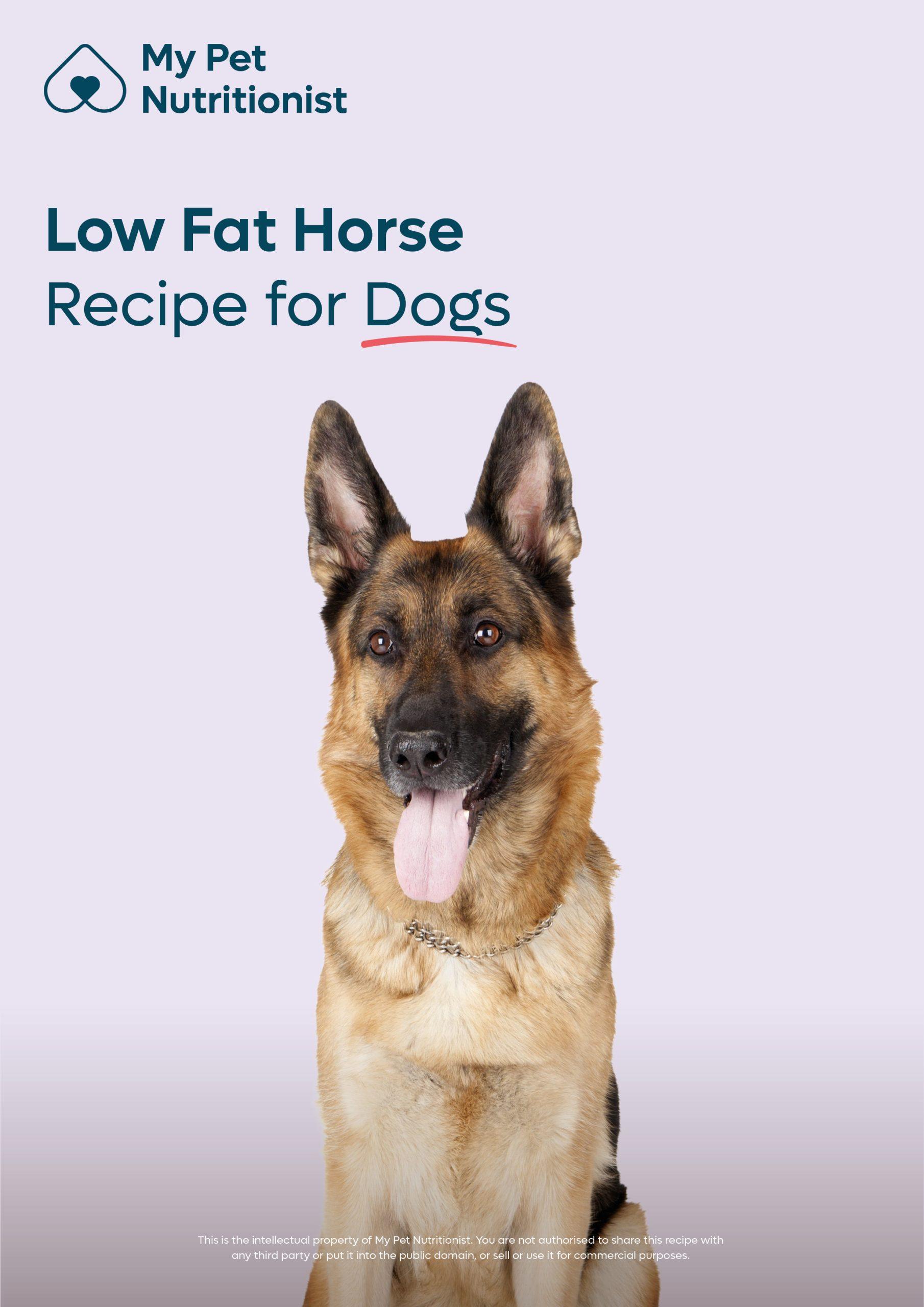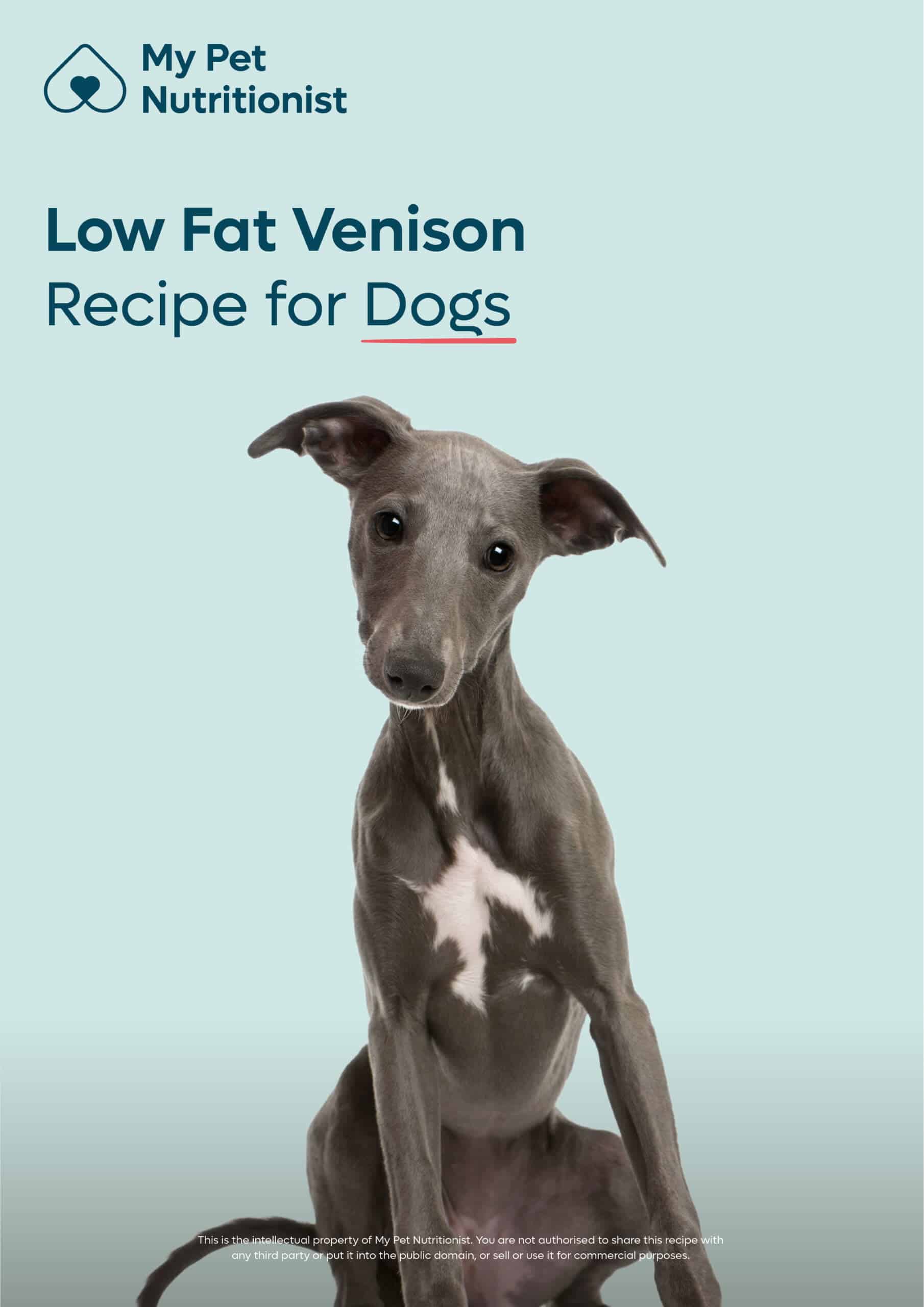-
£19.99

A Systems Approach to Digestive Health in Pets
- May 31, 2022
- 5 mins 44 secs
When faced with a sick pet, it can be hard to know where to start. It can sometimes feel like there is a never-ending list of things going wrong.
We also have to manage our emotions; our pets are part of the family, and we hate to see them suffering.
Sometimes it can help to have a structure when supporting digestive health and to this end, we take a systems approach.
Let’s take a look at what this means.
We know there is a highway between the gut and the brain, and so what goes on in the gut influences the brain and subsequent behaviour. We may notice sickness behaviour; being quieter than usual, or they may become more anxious. Studies in mice have demonstrated that when experimental colitis was induced, their amygdala became more active along with their fear response. In short, the experimental colitis made them more fearful.
Findings Here
Time and time again we see that inflammation or digestive discomfort can influence behaviour, so keep a note.
Tear secretion is complex. It responds to the conditions faced by the eye, but also influenced by a range of hormones and cytokine balance.
Cytokine is derived from two Greek words, cyto meaning cell and kinos meaning movement. Cytokines are cell signalling molecules that aid communication in immune responses. They stimulate the movement of cells towards sites of inflammation, infection, and trauma. Cytokines are agents that modulate or alter the immune system response.
It makes absolute sense that when faced with an ocular threat, cytokine levels increase, presenting as the usual immune response; water and itchiness which is common with seasonal allergies or intolerances. But what is also interesting is that that the rest of the body can also influence tear production through this inflammatory response.
The most considered is how chronic inflammatory diseases of the gut can cause various health issues; inflammatory bowel disease for example is caused by cytokine-driven inflammation of the gut. This leads us to why, no matter what you apply to your white dog’s face, you can’t get rid of those stains.
If tear staining is an issue for your dog, then check out our blog here:
Is Your Dog A Cry Baby?
Take a look; are there broken teeth? Is there evidence of periodontal disease? Is your dog able to chew? Do they have any abscesses or lesions on their tongue? Whilst it’s a little harder to establish, we can consider the state of the oral microbiota of our pet’s mouth too. Just like in the gut, the food eaten, along with any long term antibiotic or medication use can skew the community of microbes in the mouth.
To learn more about oral health, and promoting dental hygiene, check out our blogs here:
Your Puppy’s Microbiome
Periodontal Disease in Dogs
Ear health is also something to pay attention to, if food sensitivities are prevalent. An elimination diet is often a good place to start.
Elimination Diets For Dogs
If you think your dog may struggle with yeast overgrowth, check out our blog here:
Is Your Dog A Yeasty Beast?
Now we’ll head into the digestive system.
A Brief Guide to Our Pet’s Pancreas
To learn more about gallbladder health, check out our blog here:
What Can Go Wrong With My Dog’s Gallbladder?
Bacterial overgrowth is a consideration in the small intestine. When we reference the gut microbiome, we tend to find that there are more bacteria the further we go down the digestive tract. Sometimes, there can be an overgrowth in the small intestine known as SIBO.
Bacterial Overgrowth – More Common Than You Think
We also want to ensure the integrity of the gut barrier here. We can think of the digestive tract like a sausage and the gut barrier is like the skin. It keeps the food in the digestive tract, and not getting to places it shouldn’t. When the gut barrier is compromised, through poor mucosal presence or dysbiosis and more, the tight formation of the epithelial cells is compromised and rogue particles can escape, including pathogenic bacteria.
Certain bacteria can feed on the mucosal lining, so ensuring a diverse and healthy microbiota is key to intestinal health.
What Is The Gut Barrier?
What Can Cause Dysbiosis?
What Can Help Dysbiosis?
Moving further down, this is where waste is excreted and this often tells us more than we think.
Keeping an eye our pet’s bowel habit is crucial in establishing the state of their digestive health.
The Ultimate Dog Pooh Guide
Constipation in Cats and Dogs
Healthy Anal Glands – Naturally
5 Reasons Your Dog May Have Diarrhoea
We should also be mindful of their urination habits. The urinary system is responsible for excreting waste products, but it is also interconnected with all body systems.
A Brief Guide to The Canine Urinary System
What Do My Pet’s Kidney’s Do?
When we are faced with a poorly pet, it can be overwhelming to know where to start. This is why we take a systems approach, and one step at a time.
We have decades of experience in putting the pieces of the puzzle together, so please check out our services to see how we can help.
Thanks for reading,
MPN Team
We also have to manage our emotions; our pets are part of the family, and we hate to see them suffering.
Sometimes it can help to have a structure when supporting digestive health and to this end, we take a systems approach.
Let’s take a look at what this means.
Taking A Top-Down Approach
We could easily start at the bottom, but let’s start at the top!
Neurological Health and Behaviour
We can start thinking about any neurological issues our pet may be experiencing, but we can also keep track of their behaviour. Are they quieter than usual? Do they appear anxious or agitated? Are they a fussy eater?
We know there is a highway between the gut and the brain, and so what goes on in the gut influences the brain and subsequent behaviour. We may notice sickness behaviour; being quieter than usual, or they may become more anxious. Studies in mice have demonstrated that when experimental colitis was induced, their amygdala became more active along with their fear response. In short, the experimental colitis made them more fearful.
Findings Here
Time and time again we see that inflammation or digestive discomfort can influence behaviour, so keep a note.
Eye Health
Moving down slightly, we can see a lot in our pet’s eyes. Not just key components in their body language, but if we have recurring tear staining, this can inform us of immune system health.
Tear secretion is complex. It responds to the conditions faced by the eye, but also influenced by a range of hormones and cytokine balance.
Cytokine is derived from two Greek words, cyto meaning cell and kinos meaning movement. Cytokines are cell signalling molecules that aid communication in immune responses. They stimulate the movement of cells towards sites of inflammation, infection, and trauma. Cytokines are agents that modulate or alter the immune system response.
It makes absolute sense that when faced with an ocular threat, cytokine levels increase, presenting as the usual immune response; water and itchiness which is common with seasonal allergies or intolerances. But what is also interesting is that that the rest of the body can also influence tear production through this inflammatory response.
The most considered is how chronic inflammatory diseases of the gut can cause various health issues; inflammatory bowel disease for example is caused by cytokine-driven inflammation of the gut. This leads us to why, no matter what you apply to your white dog’s face, you can’t get rid of those stains.
If tear staining is an issue for your dog, then check out our blog here:
Is Your Dog A Cry Baby?
The Mouth
From poor dental hygiene compromising eating habits to translocated bacteria throughout the body, oral health is a huge piece in the puzzle when supporting your dog’s health.
Take a look; are there broken teeth? Is there evidence of periodontal disease? Is your dog able to chew? Do they have any abscesses or lesions on their tongue? Whilst it’s a little harder to establish, we can consider the state of the oral microbiota of our pet’s mouth too. Just like in the gut, the food eaten, along with any long term antibiotic or medication use can skew the community of microbes in the mouth.
To learn more about oral health, and promoting dental hygiene, check out our blogs here:
Your Puppy’s Microbiome
Periodontal Disease in Dogs
Ear Health
Itchy or putrid smelling ears usually tell us things aren’t going as well as they should be. When warm and moist, the ears are perfect breeding grounds for certain bacteria to multiply. This leaves them at risk of infection and bacterial overgrowth. This is particularly common in those water dogs, or those who adore swimming. It can also be a consideration if your dog attends regular hydrotherapy sessions.
Ear health is also something to pay attention to, if food sensitivities are prevalent. An elimination diet is often a good place to start.
Elimination Diets For Dogs
If you think your dog may struggle with yeast overgrowth, check out our blog here:
Is Your Dog A Yeasty Beast?
Now we’ll head into the digestive system.
Stomach
Are there any long-term medications that could compromise stomach acid secretion or production? Antihistamines for example? Or the administration of omeprazole alongside long term NSAIDs? As we know, digestion of food starts in the stomach with the help of hydrochloric acid; if there isn’t a good supply, food digestion can be compromised, leaving semi-digested particles to cause issues further down in the system.
Pancreas
The pancreas releases a range of digestive enzymes to aid the digestion of food, so a similar principle applies; if the pancreas isn’t working as it should, food isn’t digested as well as it could be, leaving nutrients unavailable and undigested particles to causes issues.
A Brief Guide to Our Pet’s Pancreas
Liver
We call the liver the powerhouse for a reason. It carries out a range of processes, from the assimilation of amino acids into new proteins to the detoxification of harmful compounds. It also produces bile which aids the digestion of fat. If there is an unusual burden for the liver to detoxify, it can get a little overwhelmed. This means that some other processes may be compromised and we may start to see poor protein assimilation, fat digestion issues and more.
Gallbladder
The gallbladder is a pear-shaped organ that sits just under the liver. Its function is to store and concentrate bile, a yellow-brown digestive juice produced by the liver. It is part of the biliary tract. Bile contains water, electrolytes and a battery of organic molecules including bile acids, cholesterol, phospholipids and bilirubin. Sadly, the build-up of these very compounds can lead to a number of problems in the gallbladder, they are known as canine gallbladder diseases.
To learn more about gallbladder health, check out our blog here:
What Can Go Wrong With My Dog’s Gallbladder?
Small and Large Intestine
Most of the absorption of nutrients occurs here, so if there is inflammation, this process is compromised.
Bacterial overgrowth is a consideration in the small intestine. When we reference the gut microbiome, we tend to find that there are more bacteria the further we go down the digestive tract. Sometimes, there can be an overgrowth in the small intestine known as SIBO.
Bacterial Overgrowth – More Common Than You Think
We also want to ensure the integrity of the gut barrier here. We can think of the digestive tract like a sausage and the gut barrier is like the skin. It keeps the food in the digestive tract, and not getting to places it shouldn’t. When the gut barrier is compromised, through poor mucosal presence or dysbiosis and more, the tight formation of the epithelial cells is compromised and rogue particles can escape, including pathogenic bacteria.
Certain bacteria can feed on the mucosal lining, so ensuring a diverse and healthy microbiota is key to intestinal health.
What Is The Gut Barrier?
What Can Cause Dysbiosis?
What Can Help Dysbiosis?
Moving further down, this is where waste is excreted and this often tells us more than we think.
Keeping an eye our pet’s bowel habit is crucial in establishing the state of their digestive health.
The Ultimate Dog Pooh Guide
Constipation in Cats and Dogs
Healthy Anal Glands – Naturally
5 Reasons Your Dog May Have Diarrhoea
We should also be mindful of their urination habits. The urinary system is responsible for excreting waste products, but it is also interconnected with all body systems.
A Brief Guide to The Canine Urinary System
What Do My Pet’s Kidney’s Do?
When we are faced with a poorly pet, it can be overwhelming to know where to start. This is why we take a systems approach, and one step at a time.
We have decades of experience in putting the pieces of the puzzle together, so please check out our services to see how we can help.
Thanks for reading,
MPN Team
Customer Reviews
Explore related products
Related articles

Dietary NeedsGeneral HealthGut HealthDigestionDigestive Health
5 Reasons Why Your Dog May Have Diarrhoea
Jun 20 2024
•
5 mins 55 secs

Dietary NeedsGeneral HealthGut HealthDigestionDigestive Health
Pooh Guide for Dogs: What’s Good, and What’s Not
May 16 2024
•
9 mins 15 secs

Dietary NeedsGeneral HealthGut HealthDigestionDigestive Health
All You Need to Know About Exocrine Pancreatic Insufficiency
Feb 22 2024
•
10 mins 20 secs
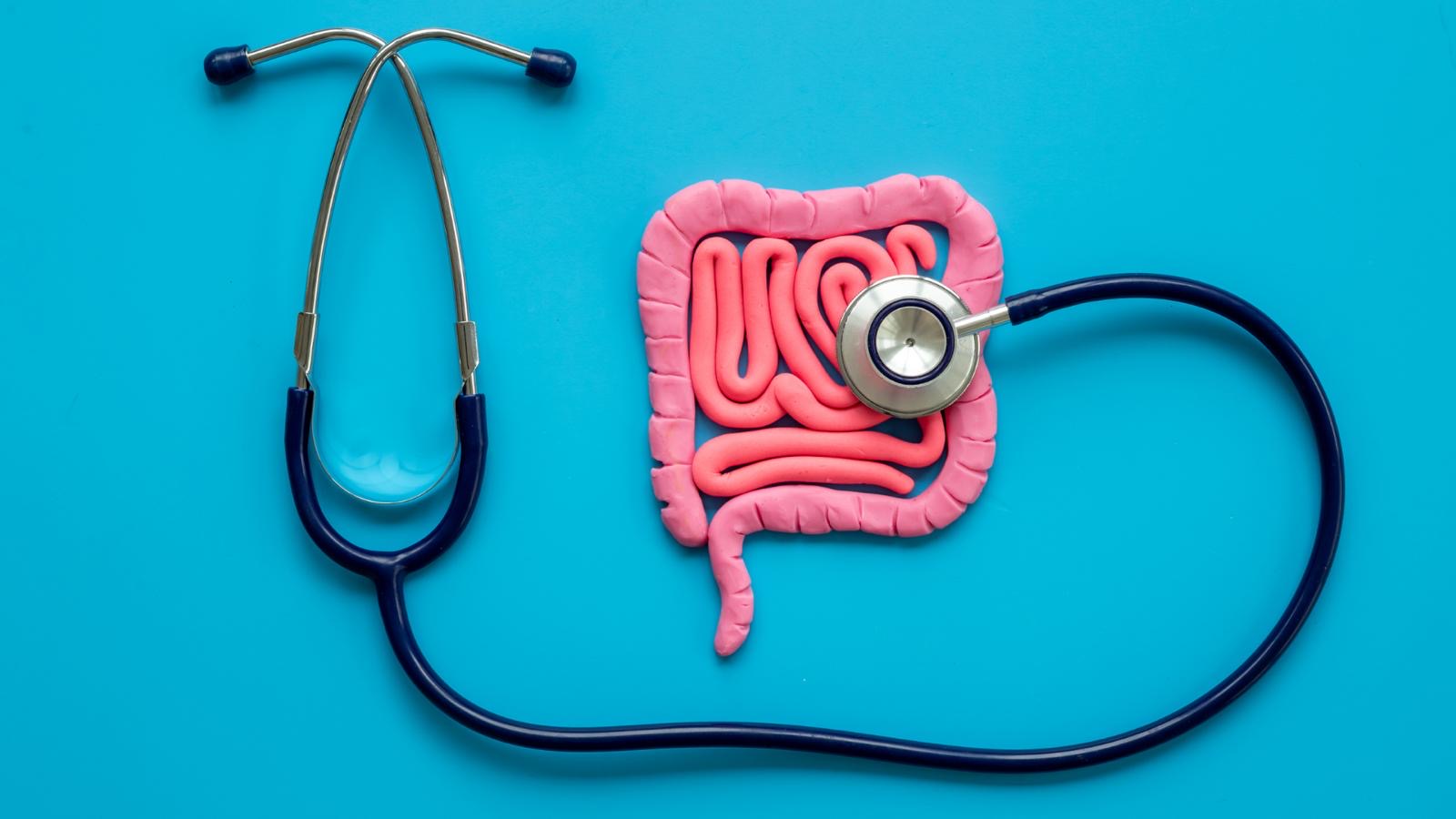
Dietary NeedsGeneral HealthGut HealthDigestionDigestive Health
What Causes Malabsorption in Dogs?
Feb 08 2024
•
7 mins 40 secs

Dietary NeedsGeneral HealthGut HealthDigestionDigestive Health
Should I Fast my Cat or Dog?
Jan 04 2024
•
6 mins 10 secs

Dietary NeedsGeneral HealthGut HealthDigestionDigestive Health
Can Food Sensitivities Cause a Pancreatic Flare?
Oct 20 2023
•
5 mins 40 secs

Dietary NeedsGeneral HealthGut HealthDigestionDigestive Health
What to Feed a Dog When Regurgitating
Sep 21 2023
•
4 mins 45 secs
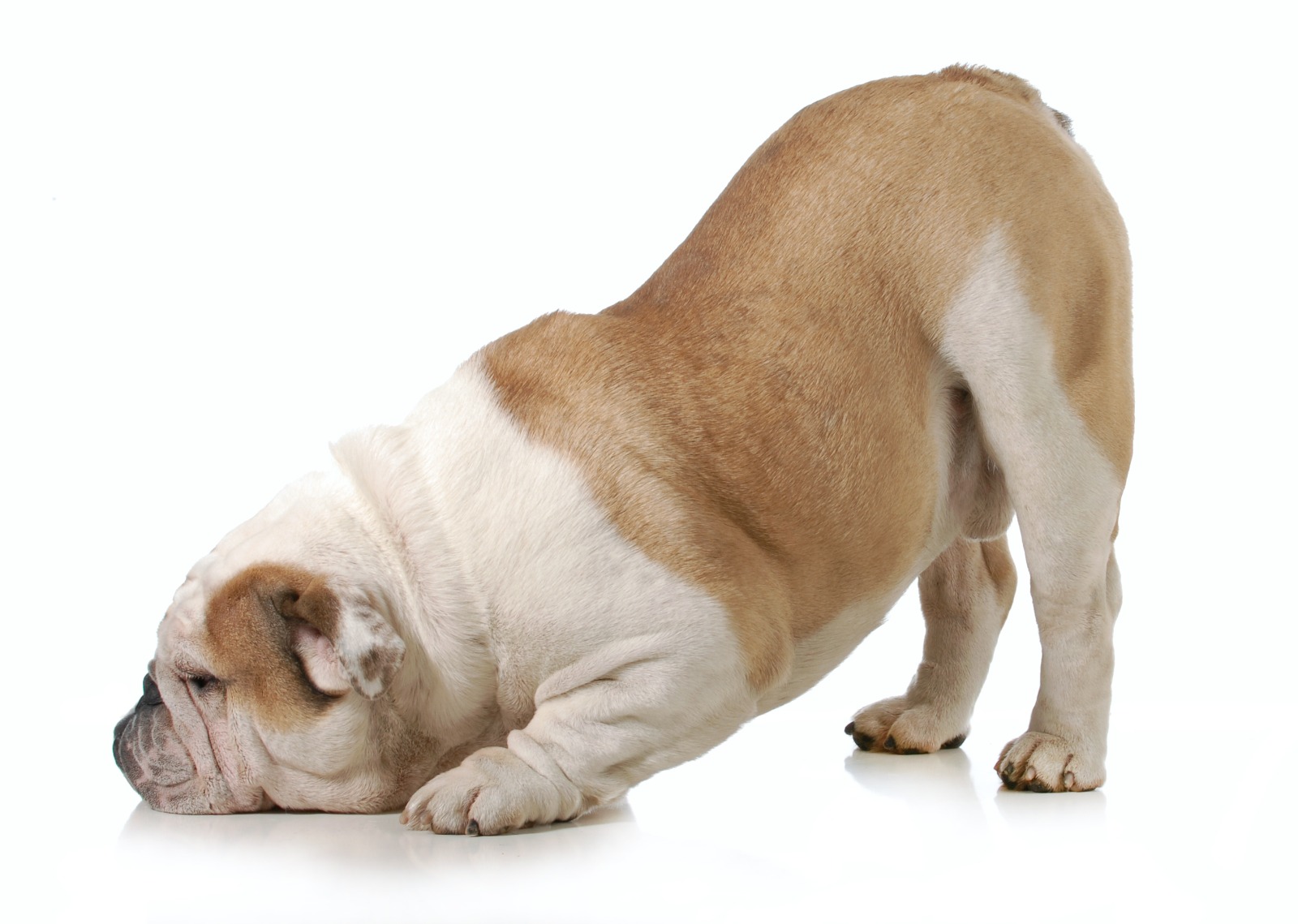
Dietary NeedsGeneral HealthGut HealthDigestionDigestive Health
Gallstones, and Why Your Dog Has Them
Jun 22 2023
•
6 mins 40 secs

Dietary NeedsGeneral HealthGut HealthDigestionDigestive Health
The Low Down on Megaoesophagus
May 16 2023
•
8 mins

Dietary NeedsGeneral HealthGut HealthDigestionDigestive Health
5 Benefits of Vitamin C for Your Dog
Mar 18 2023
•
4 mins 42 secs

Dietary NeedsGeneral HealthGut HealthDigestionDigestive Health
The 12 Foods of Christmas
Dec 21 2022
•
11 mins 30 secs

Dietary NeedsGeneral HealthGut HealthDigestionDigestive Health
A Systems Approach to Digestive Health in Pets
May 31 2022
•
5 mins 44 secs

Dietary NeedsGeneral HealthGut HealthDigestionDigestive Health
Puppy Nutrition 101
Mar 30 2021
•
9 min read

Dietary NeedsGeneral HealthGut HealthDigestionDigestive Health
The Dog’s Digestive System
Mar 12 2021
•
7 min read

Dietary NeedsGeneral HealthGut HealthDigestionDigestive Health
5 Top Tips for Dealing with a Fussy Eater
Jan 18 2021
•
6 mins 57 secs

Dietary NeedsGeneral HealthGut HealthDigestionDigestive Health
5 Top Tips for Skin Health in Your Dog
Dec 08 2020
•
9 min read
✕






